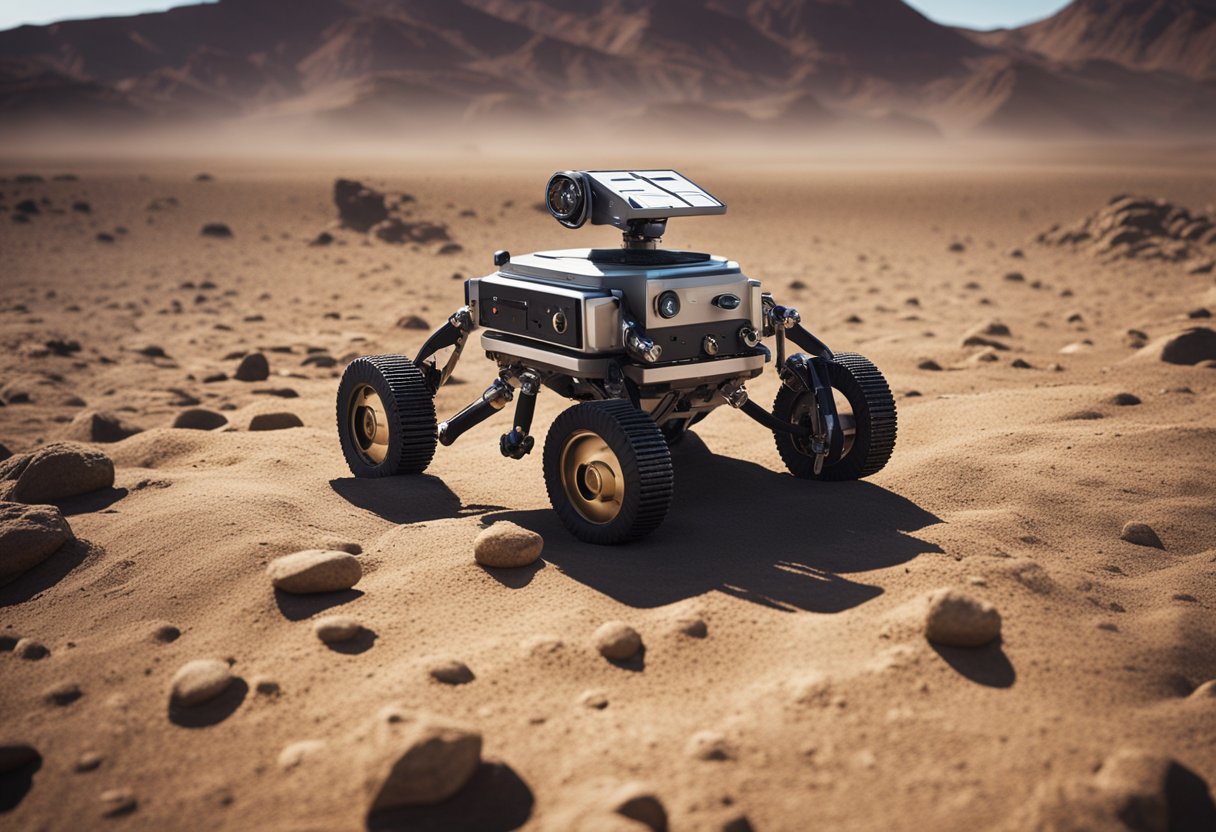
Autonomous Space Navigation Challenges – Autonomous navigation in the vast expanse of space is critical for the furtherance of space exploration. With space missions becoming more ambitious and distant, the ability for spacecraft to independently determine their trajectory and respond to unforeseen challenges is paramount. The success of these missions hinges on advances in autonomous navigation systems that can operate without real-time intervention from ground control, navigate complex space environments, and ensure the accurate placement of satellites, rovers, and spacecraft.
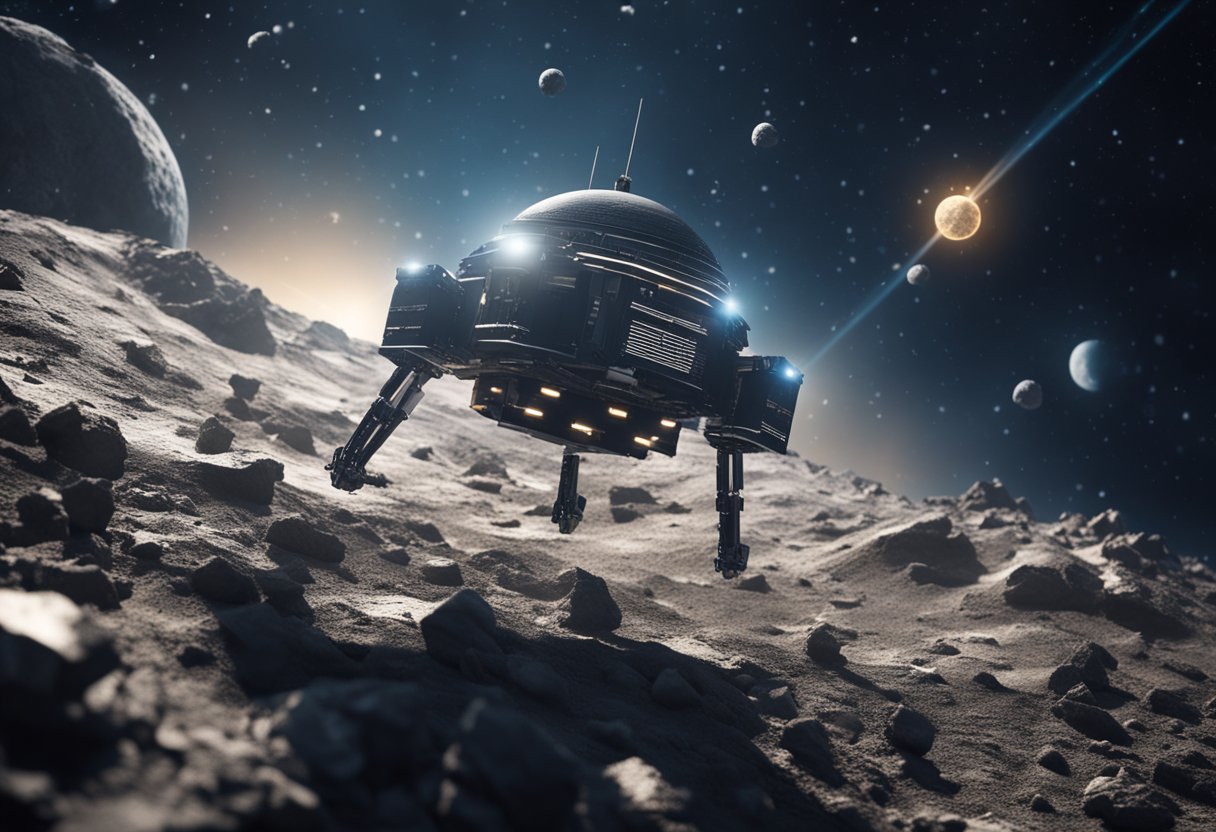
However, as spacecraft venture further into deep space or attempt intricate manoeuvres such as precision landings on other planets, the hurdles in autonomous navigation become increasingly complex. The space environment poses unique operational challenges, including harsh radiation, extreme temperatures, and the high-velocity travel of celestial bodies. Additionally, achieving onboard autonomy necessitates powerful computing hardware capable of executing intricate algorithms for trajectory planning and hazard avoidance with limited energy resources.
In this section, we’ll explore the core components that form the bedrock of autonomous space navigation, looking specifically at the historical development of navigation systems and the principles that underpin today’s autonomous technologies.
Space exploration has undergone a significant transformation since the early days of inertial and celestial navigation systems. In addressing the algorithm challenges involved, we’ve witnessed a shift from manual calculation methods to advanced computer-based autonomy. The spacecraft navigation algorithms have evolved from ground-based monitoring to systems where spacecraft are increasingly self-reliant.
For instance, the earliest spacecraft relied heavily on ground-based commands for navigation. However, as missions ventured further into the cosmos, the delay in communication necessitated the development of onboard autonomous systems that could independently determine their position and manoeuvre accordingly.
Autonomous systems in spacecraft navigation are built on complex algorithms capable of decision-making with minimal human intervention. Autonomy in space relies on accurate, reliable systems that can react to the dynamic space environment, making adjustments to navigate, orbit, and land.
Key principles of these systems include sensor fusion, where data from multiple sensors are combined to increase accuracy, fault tolerance, which ensures a system can continue operation even when parts fail, and scalability, to adapt to a wide range of mission objectives. “Sensor fusion” is particularly critical, enhancing the spacecraft’s ability to understand its position and environment through a combination of inputs, such as from stars, sun, and onboard equipment.
Our understanding and implementation of these principles directly affect the success of missions, especially as we explore the potential of space tourism and the experiences documented by pioneers like SpaceVoyageVentures.com. As we refine these systems, we aspire to expand the horizons of human space travel and endeavour to safeguard the integrity and success of these awe-inspiring missions.
When engaging in spacecraft trajectory planning, we must overcome significant obstacles to ensure mission success.
Trajectory optimisation is pivotal in planning the course of a spacecraft to achieve mission objectives efficiently. One primary method is convex optimisation, which simplifies problems into convex forms to guarantee globally optimal solutions. However, the dynamical environment of space can render some non-convex problems, characteristic of spacecraft navigation, as intractable using standard convex optimisation techniques. We, therefore, must innovate to refine these techniques or develop new algorithms adapted for the unique complexities of space travel.
In trajectory planning, gravity profoundly affects the path a spacecraft follows. Our challenge is to account for the gravitational forces from various celestial bodies, which significantly influence the trajectory. The gravity assist manoeuvre is an example where we utilised the gravity of planets to propel spacecraft, like in some missions profiled on SpaceVoyageVentures.com. Yet, predicting these gravitational effects with the required precision for autonomous trajectory planning remains a difficult task, often requiring iterative and complex computational models to plan a viable trajectory.
In the context of space exploration, our capacity to achieve precision landing and effectively circumvent hazards is of paramount importance. These capabilities are crucial for the success of missions involving rovers such as Curiosity and Perseverance.
We employ a range of techniques to ensure precision landing. Our technology must be finely tuned to allow spacecraft to arrive within a pre-defined zone with minimal deviation. For instance, we’ve leveraged inertial navigation systems in conjunction with terrain relative navigation (TRN) methods to refine these landings.
Obstacle detection and avoidance is crucial for the safe touchdown and operation of rovers on other planetary bodies.
Our continued dedication to improving these technologies is essential for future explorations and the potential for space tourism. As we refine these systems, we are laying the groundwork for more ambitious missions and paving the way for the public to one day witness the marvels of space firsthand.
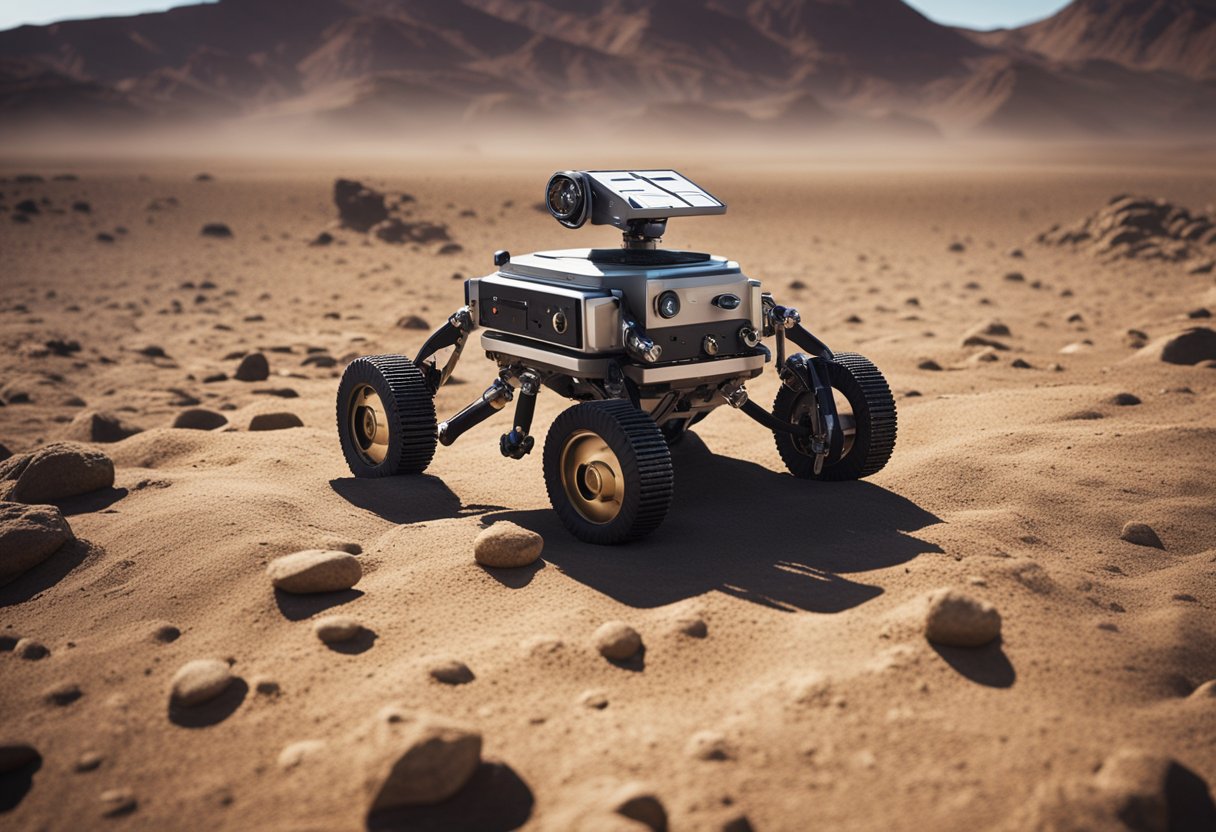
Navigating the surface of other planets is an intricate task that involves overcoming diverse and complex challenges. This task is vital for the success of missions involving exploration rovers, necessitating a thorough understanding of planetary terrain and robust mobility solutions.
The primary challenge we face with surface mobility is ensuring that rovers have the ability to traverse rocky, uneven, and unpredictable landscapes. On planets like Mars, the martian surface presents a variety of obstacles, from large boulders to soft sand, that can impede a rover’s path or even trap it. Advances in autonomous navigation systems have been instrumental in allowing rovers to make real-time decisions without the need for direct intervention from Earth. You can find comprehensive discussions on this topic through the NeBula – NASA project, focusing on agile robotics for complex terrain navigation.
When dealing with the martian terrain, the challenges are specific to the environmental conditions of Mars. The surface of Mars is covered with fine dust that can cloud sensors, and it experiences temperature shifts that can affect rover components. Rovers like NASA’s Perseverance and earlier ones such as Curiosity, have shown how effectively they can handle these conditions. Their mobility systems are designed to handle steep inclines and rocky outcroppings encountered on the Martian surface. Insights from the past and current missions contribute to enhancing the robustness of mars rovers, and you can learn more about this through the article on Autonomy for Space Robots.
Our ventures into planetary surface exploration continue to evolve as we learn from each mission, each rover, and each challenge we overcome. With the future in mind, we also monitor and engage with initiatives like SpaceVoyageVentures.com, which discusses the trajectory of space exploration and the potential for space tourism, including the experiences one might have navigating planet surfaces.
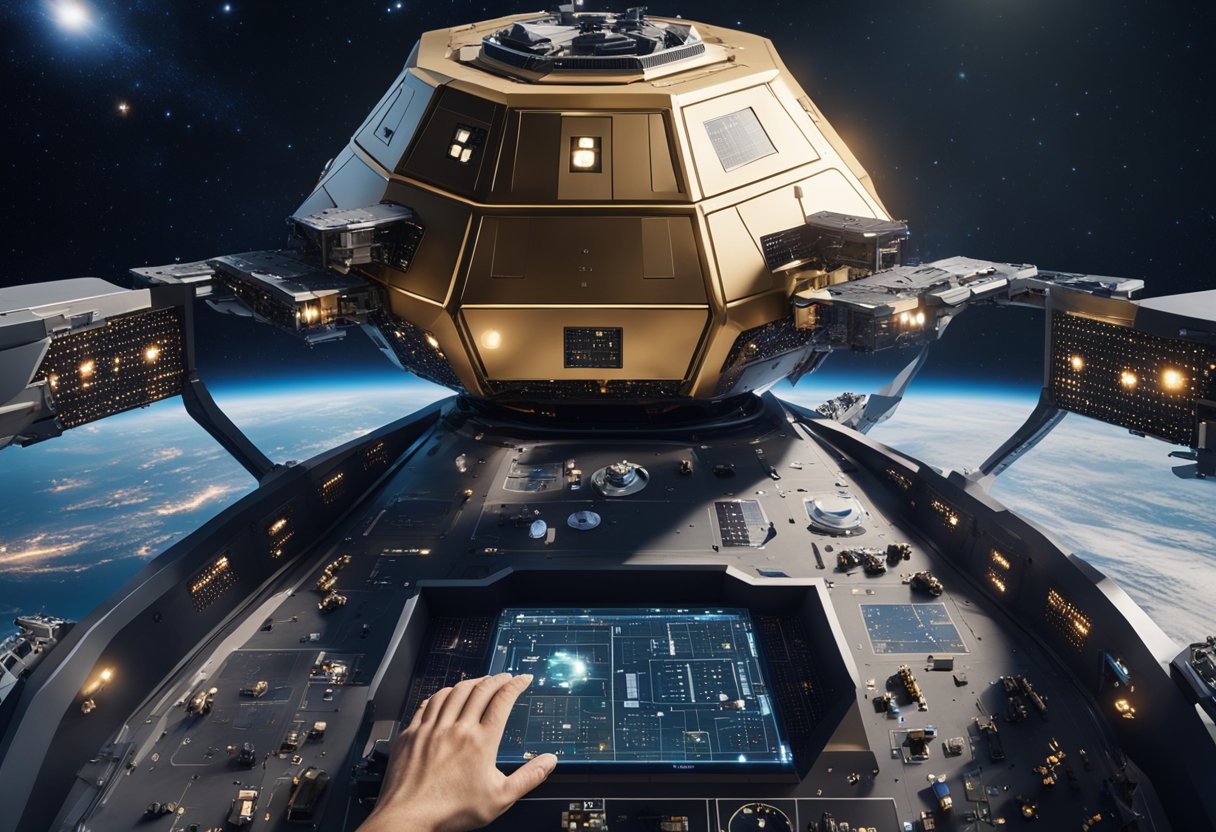
In advancing the frontier of space exploration, we recognise the pivotal role of machine learning in enabling spacecraft to navigate autonomously. This technological leap allows for precise manoeuvres and informed decision-making in the vast expanse of space.
Artificial intelligence (AI) forms the backbone of autonomous navigation systems within spacecraft. We utilise AI algorithms to interpret a large volume of data from various sensors, enabling spacecraft to respond to their environment in real time. This leads to a marked improvement in the efficiency and safety of space missions. For instance, autonomous navigation plays an essential part in the operational management of satellite constellations, a complex task that requires instantaneous analysis and response to maintain optimal positioning and functionality.
When it comes to computer vision, it’s instrumental in providing the ‘eyes’ for autonomous spacecraft. The integration of machine learning algorithms processes visual data to facilitate tasks such as hazard detection and landing on celestial bodies. Our application of these techniques has evolved, with notable examples including machine learning-based methods for spacecraft rendezvous and navigation. These involve fine-tuned processes, such as real-time imagery analysis, that align with the precise requirements of space exploration. Robotics, combined with computer vision, further amplifies our ability to explore distant worlds, offering the physical execution of complex tasks dictacted by sophisticated AI systems.
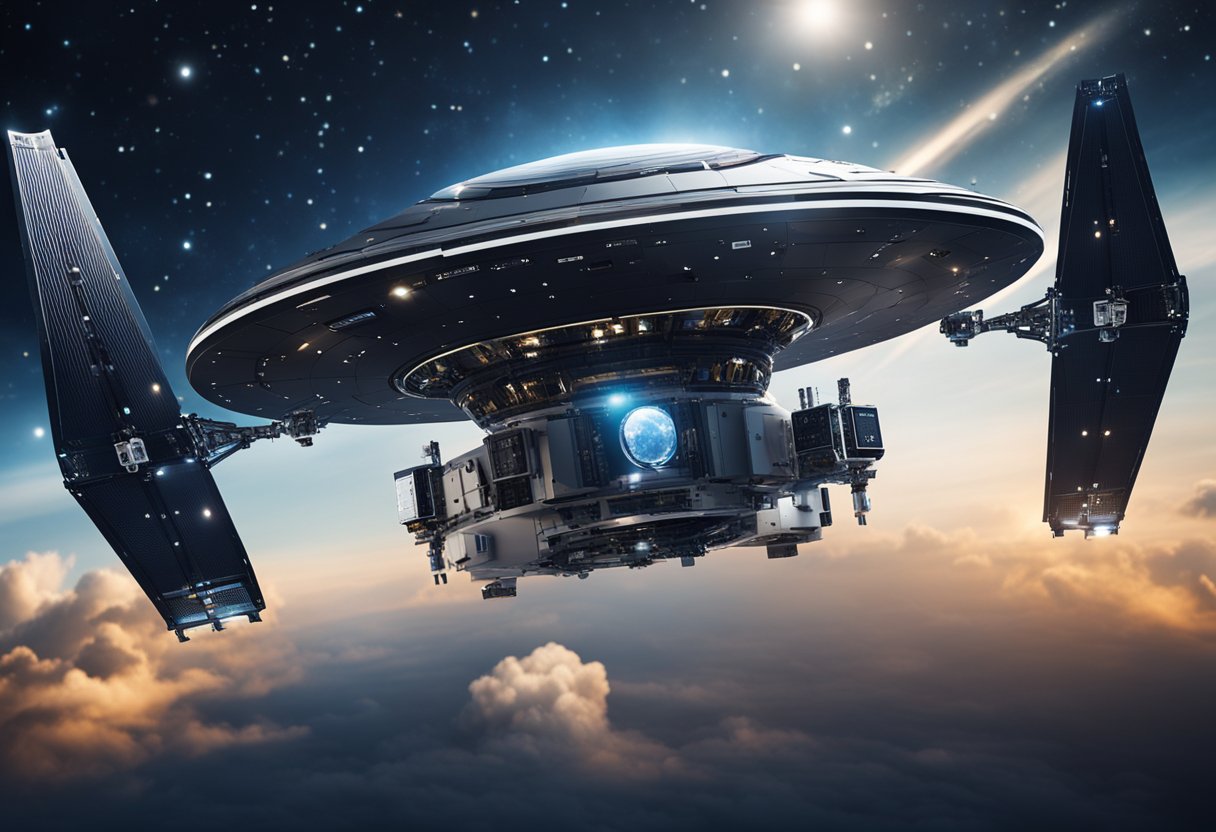
With the advent of deep space exploration, the reliance on onboard autonomy and decision-making systems has increased exponentially. We understand that for successful missions, especially in the context of space tourism as anticipated by SpaceVoyageVentures.com, both robust self-sustaining algorithms and adaptive systems are crucial to navigate the unknowns of space.
Our approach involves creating algorithms capable of maintaining spacecraft operations without real-time intervention from Earth-based control. These self-sustaining algorithms are designed to manage a myriad of tasks, ranging from routine system checks to critical decision-making during unexpected events in space. For instance, the autonomy in space robots has evolved over the past two decades to include a variety of functions that facilitate spacecraft operations autonomously.
Given the unpredictability of space conditions, spacecraft are equipped with adaptive systems that can learn and respond to uncharted environments. These systems are fundamental for the safe navigation of spacecraft in scenarios that have not been pre-programmed. Our focus is on enhancing these systems to ensure they can adapt to various contingencies autonomously. Innovations like the Autonomous Spacecraft Navigation System (AutoNav) demonstrate the capabilities of guidance and navigation, which are critical for an autonomous spacecraft to respond to the unknown effectively.
Navigating the endless expanse above us requires addressing not just space debris but the relentless conditions of space itself. We must consider both in tandem to ensure the continued success and viability of space missions, be they for exploration or commercial ventures like those highlighted at SpaceVoyageVentures.com.
The extended environment of space is cluttered with debris, ranging from defunct satellites to spent rocket stages. Space debris poses a significant risk to spacecraft, with the potential for catastrophic collisions. Managing this risk involves a multi-faceted strategy:
Avoiding debris is crucial not only to the integrity of spacecraft but also to keeping operational costs manageable. Damage from these high-velocity particles can lead to expensive repairs or mission failures.
The space environment extends far beyond the immediate vicinity of any celestial body. It includes a range of extreme conditions:
Our approach involves designing and utilising robust systems capable of enduring such extremes without incurring prohibitive costs. These technologies are pivotal for the safe and economic advancement of future missions, maintaining both spacecraft and crew well-being. By tackling these operational challenges directly, we lay a foundation for sustainable exploration and commerce among the stars.
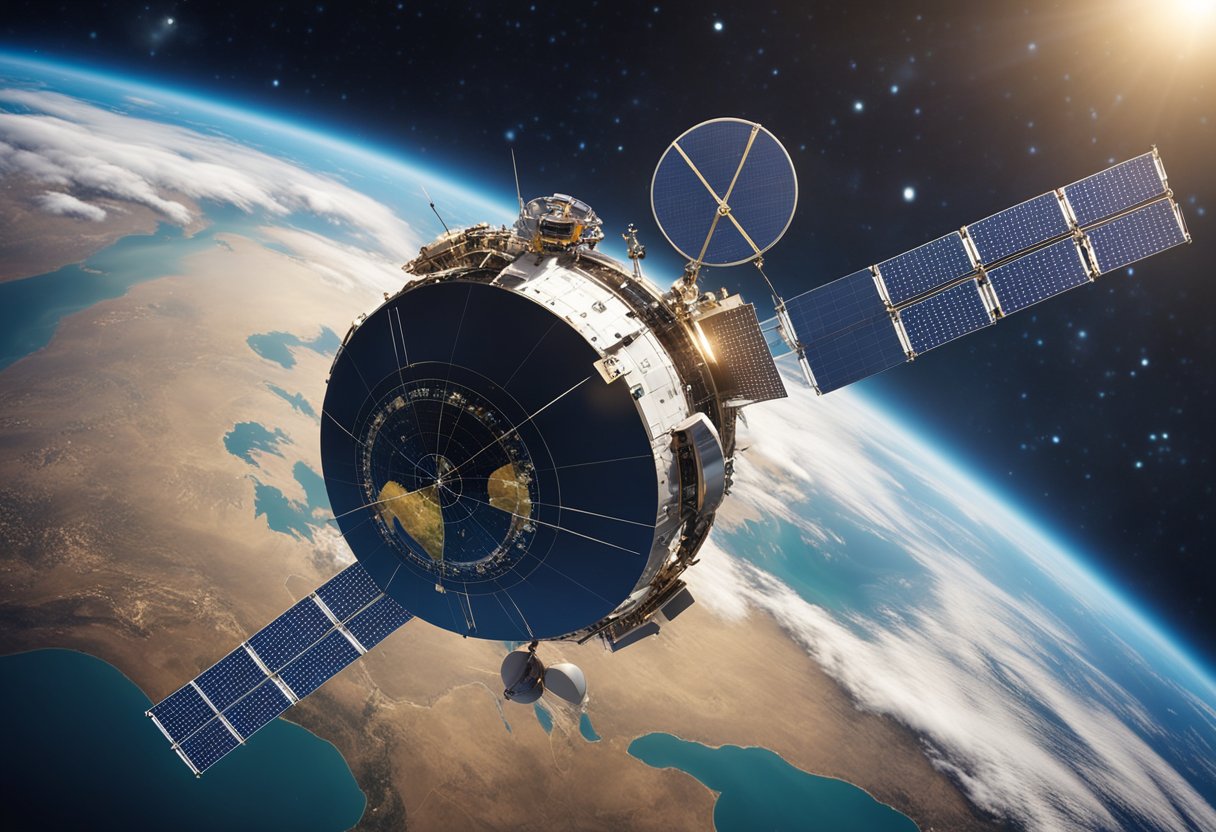
In space exploration, the technological capability of our hardware and the sophistication of our computing systems determine the success of our missions. We must ensure our spacecraft are equipped with hardware resilient enough to withstand the harsh conditions of space and that the computational power aboard is adequate for the complex tasks of autonomy.
Resilience to extreme conditions is crucial for spacecraft hardware. In recent years, we’ve seen significant strides in materials and design that enable hardware to function in the vast temperature variations and radiation levels experienced in space. For instance, processors such as those studied at the National Technical University of Athens show promise for vision-based navigation, a critical component for autonomous spacecraft.
Spacecraft must also be lightweight yet robust, a balance that continues to challenge engineers. The miniaturisation of components plays a crucial role in this, which, combined with innovative thermal management systems, ensures that vital onboard systems maintain operability.
The computing power necessary for autonomous navigation is immense. Our spacecraft require systems that can handle real-time data processing, execute complex algorithms for navigation and make autonomous decisions. Research indicates that modern parallel computers are essential to power these systems and have become more compact to fit within spacecraft confines, as reported by international teams in high performance computing studies.
Moreover, these robust computer systems must continue to operate efficiently despite the limited energy available onboard. Solid-state drives, advanced GPUs, and redundant computing systems are not just luxuries but necessities for ensuring the spacecraft can not only navigate autonomously but also handle high-level problem-solving tasks – from terrain mapping to scientific analysis.
In addressing the technical intricacies of space travel, we must acknowledge the pivotal role of reliable communication and navigation link technologies. These elements are essential for ensuring spacecraft can perform complex manoeuvres and maintain contact, even in the depths of space where conventional methods face serious limitations.
Inter-satellite links (ISLs) have emerged as a solution to the challenge of limited communication in space. Their primary function is to enable spacecraft within a constellation to exchange data directly, without relying on ground stations. This can profoundly increase the robustness and speed of communication, as an example outlined in the Integration of Communication and Navigation Technologies toward LEO. ISLs employ advanced technologies, such as laser communication, which provides greater bandwidth and improved security over traditional radio-frequency systems.
Proximity operations in space refer to the orchestrated manoeuvres that enable spacecraft to approach and operate near each other or other space entities, such as asteroids or space stations. These operations are complex and demand precise navigation and robust communication links to avoid collisions and ensure mission success. Here, ISLs play a critical role, allowing spacecraft to maintain continuous communication, which is vital when the line-of-sight to Earth is obstructed or when operating beyond the reach of global navigation satellite systems. During these operations, it is essential that the movement and position data are shared seamlessly between the involved spacecraft.
We find that the deployment of these technologies greatly enhances our capabilities for both routine and pioneering space missions, opening up new possibilities for exploration and services such as those envisioned by SpaceVoyageVentures.com. Our approach must continue to evolve as we push the boundaries of what’s achievable in space travel and exploration.
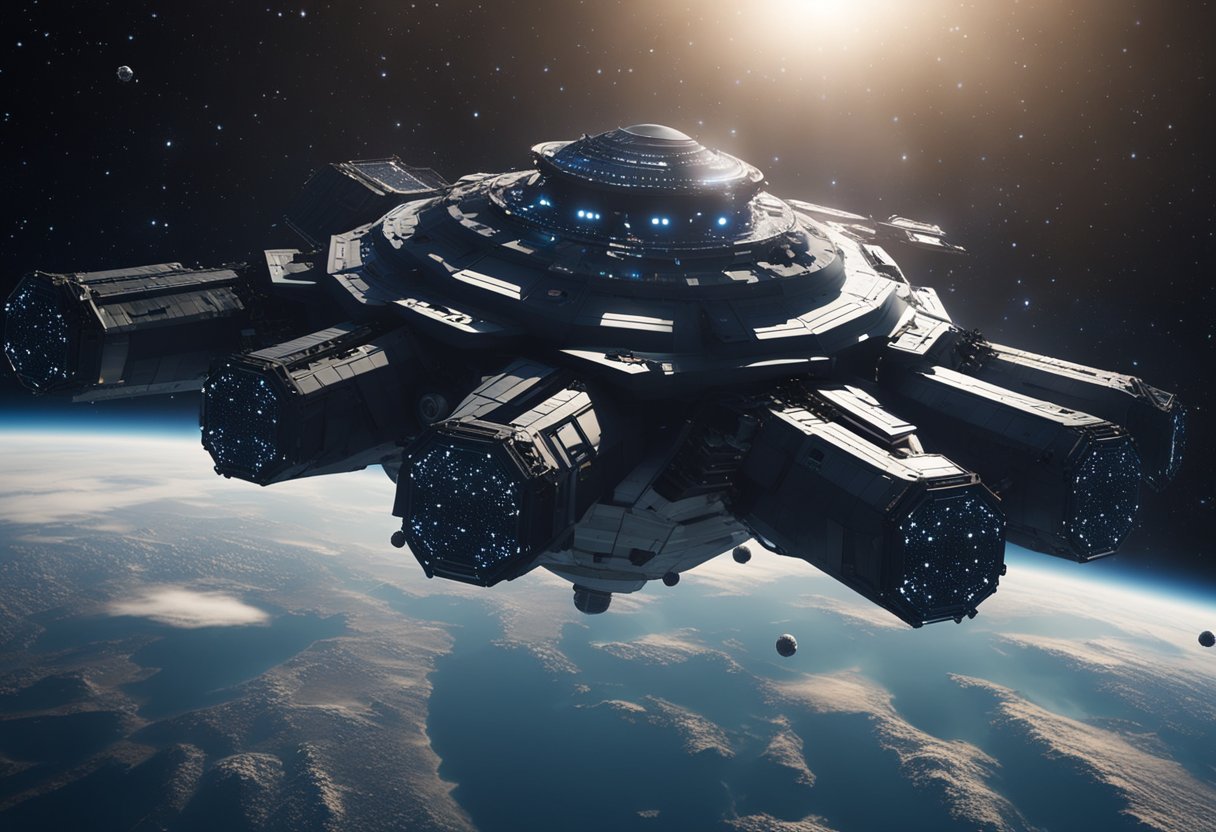
In the evolving landscape of space exploration, emerging technologies are paving the way for advanced means of navigation, enabling more compact and cost-effective missions.
We are witnessing a significant evolution in spacecraft design, particularly in the development of Cubesats. These miniature satellites have revolutionised access to space, fostering new opportunities for research and commercial endeavours. Specifically, they have become pivotal in small body exploration, such as asteroids and comets, providing invaluable data while maintaining lower mission costs. Typically, these satellites utilise onboard propulsion and communication systems optimised for their small size, yet capable of executing complex scientific missions.
The use of pulsars as navigational beacons represents a cutting-edge trend in autonomous space navigation. Pulsars emit highly predictable beams of radiation that can be used for precise positioning, similar to how GPS operates on Earth. By measuring the arrival times of these pulses, a spacecraft can determine its location with a remarkable degree of accuracy, even deep in space. This technology holds promise for enhancing future planetary exploration, providing a reliable navigational tool that is independent of Earth-based systems.
As we continue to push the boundaries of what’s possible, these advancements in technology lay the groundwork for the next generation of space exploration, from Cubesats orbiting distant planets to autonomous spacecraft navigating by the stars.
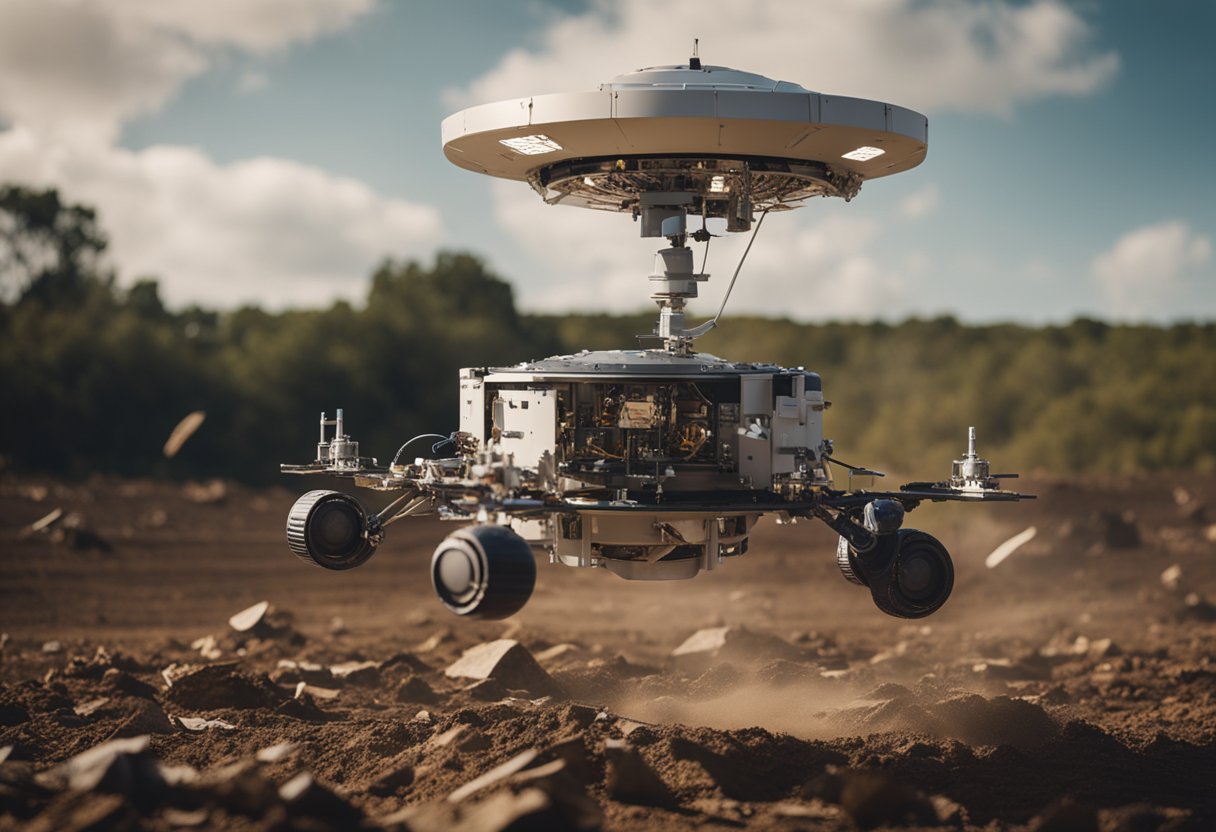
In this section, we’ll address some of the most pressing queries related to the autonomous navigation of spacecraft, which entails navigating without reliance on human input, using advanced on-board technologies.
One of the foremost challenges includes dealing with the vast and dynamic space environment where traditional navigation methods are inapplicable. Without landmarks or GPS, spacecraft must rely on autonomous functions and system-level capabilities to determine their position and maintain their course.
Spacecraft utilise a combination of on-board sensors, star tracking, and occasionally communication with Earth-based networks to determine their own position and direction. These systems work together to enable a spacecraft to calculate its location and trajectory autonomously.
Artificial intelligence aids in processing vast amounts of data from sensors and in performing complex calculations required for real-time decision making, thus improving navigational capabilities for unmanned spacecraft. It allows for adaptability in response to unforeseen variables.
The lack of GPS signals in deep space necessitates that spacecraft have self-reliant navigational systems. This means that deep-space missions must carry sophisticated autonomous navigation technology to compensate for the absence of GPS.
Miniaturisation has enabled the creation of more compact, efficient, and less power-hungry systems. These advancements make it feasible for smaller spacecraft to be equipped with the necessary tools for autonomous navigation, thereby broadening the possibilities for space exploration.
Among the solutions being examined are the use of onboard artificial intelligence to make real-time decisions and the development of a more autonomous spacecraft capable of handling tasks without waiting for commands from Earth, which can be significantly delayed due to the vast distances involved.